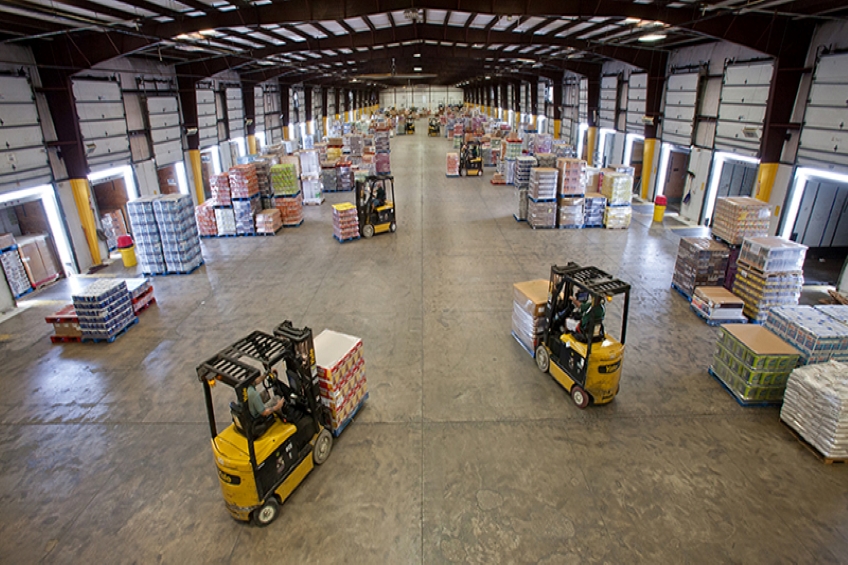Distribution centers stand as the logistical heart of modern supply chains, ensuring products reach consumers efficiently. However, designing and optimizing these centers come with inherent challenges, demanding innovative solutions. In this article, we delve into the complexities of distribution center architecture, exploring how architects like Stendel + Reich tackle these obstacles.
- Space Optimization: One of the primary challenges in distribution center architecture is maximizing space utilization. Stendel + Reich distribution center architects employ advanced space planning techniques to ensure optimal storage capacity while facilitating smooth operations.
- Efficient Workflow Design: Creating an efficient workflow is crucial for enhancing productivity within distribution centers. Stendel + Reich architects meticulously design layouts that minimize travel distances and streamline processes, reducing bottlenecks and improving overall efficiency.
- Technology Integration: With the rapid advancement of technology, integrating automation and robotics into distribution center architecture has become imperative. Stendel + Reich distribution center architects are at the forefront of incorporating state-of-the-art technology to enhance operational capabilities and meet evolving demands.
- Sustainability Initiatives: Environmental sustainability is gaining prominence in distribution center design. Stendel + Reich architects prioritize eco-friendly solutions, such as energy-efficient lighting, solar panels, and sustainable materials, to reduce the carbon footprint of distribution centers.
- Flexibility for Scalability: Distribution centers must adapt to changing market demands and accommodate future growth. Stendel + Reich architects design flexible layouts that allow for easy scalability, enabling businesses to expand operations seamlessly without significant disruptions.
- Safety and Security Measures: Ensuring the safety and security of both personnel and inventory is paramount in distribution center architecture. Stendel + Reich architects implement robust safety protocols and security systems to safeguard assets and mitigate risks effectively.
- Optimized Material Handling: Efficient material handling is essential for minimizing delays and maximizing throughput in distribution centers. Stendel + Reich architects devise innovative solutions, such as automated conveyor systems and optimized picking strategies, to streamline material flow and enhance operational efficiency.
- Adherence to Regulations: Compliance with regulatory standards and codes is critical in distribution center design. Stendel + Reich architects possess in-depth knowledge of industry regulations and ensure that all aspects of the design comply with relevant guidelines, ensuring legal compliance and mitigating potential liabilities.
In conclusion, distribution center architecture presents numerous challenges that require innovative solutions to overcome. Architects like Stendel + Reich play a pivotal role in addressing these challenges by leveraging their expertise in space optimization, workflow design, technology integration, sustainability, scalability, safety, material handling, and regulatory compliance. By employing cutting-edge design principles and embracing emerging technologies, Stendel + Reich architects continue to shape the future of distribution center architecture, driving efficiency, sustainability, and profitability in the global supply chain.


